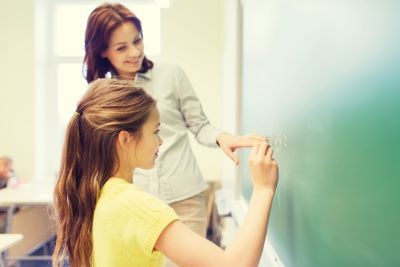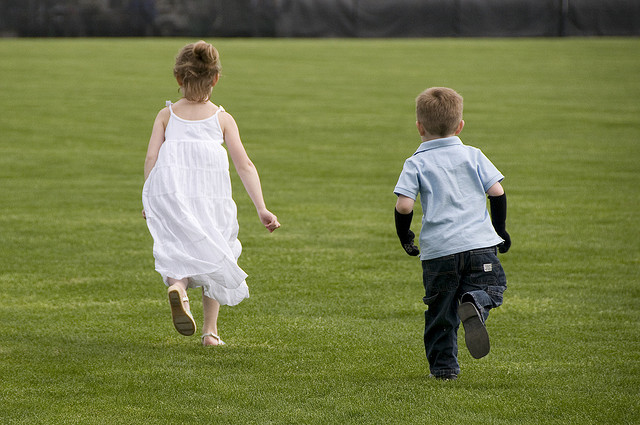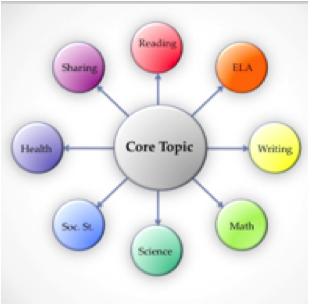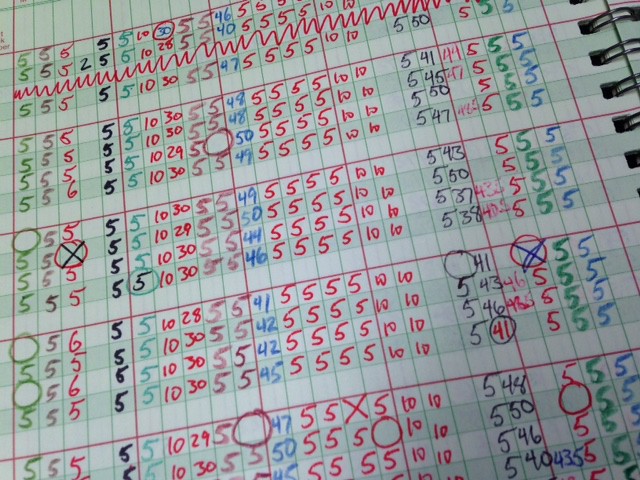Moving Towards an Inclusive Classroom
Let’s talk about the elephant in the room. That kid over there says weird stuff. This kid always needs the teacher’s help. The kid in the corner seems to overreact all the time. And that kid flaps his arms when he gets excited.

How many times have we thought “My students make fun of the kid that ______ (you fill in the blank). They don’t like to hang out with him. I don’t know what to do.” More often than we realise, these behaviours may simply be symptoms of a deeper issue.
It’s natural to see someone who is different or something we don’t understand, and automatically react negatively. We don’t move towards understanding and acceptance until the difference is explained or we become familiar with what we see—often both.
We like to celebrate and talk about diversity in our classrooms and in our circles. Unfortunately, when we actually encounter the individuals that fall outside of what we abstractly call “normal,” misunderstandings and problems often arise. The truth is that acceptance of these students doesn’t just happen. Acceptance comes through education, experience, classroom community building,[1] and facilitated discussion. This is when we can see mindset shifts and students moving away from separation and into inclusion.

We’d like to think it is enough to teach that God loves everyone the same and thus we treat everyone just as we’d want to be treated. That is a good first step. However, it doesn’t really address some of the unique differences our students face that often require a more targeted response.
If we are not having conversations with our students about individuals who are differently-abled, they will continue to see them as outsiders. However, when we bring disabilities out of the shadows, acknowledge their presence, and educate ourselves and our students about them, we begin to make our classrooms truly inclusive.
Here are some ideas to get the conversation started:
- Have students brainstorm and write down what comes to mind when they hear the word disability. Discuss the differences between physical disabilities vs. “hidden disabilities” (autism, ADHD, learning disabilities).
- Autism is now identified in 1 in 59 individuals[2]. This is a great video that demonstrates what it is like to live with autism: “Amazing things happen video“
- Brainstorm perceptions vs. facts of different kinds of disabilities. Help students discern the difference between these and why it matters.
- Brainstorm ways that language can be used to colour our perceptions. Is someone loud or enthusiastic? Impatient or eager? Bossy or a strong leader?[3]
- Put students in someone else’s shoes through experiences. Give them a test in German (or another language they can’t understand), play sounds of nails on a chalkboard, assign work that they cannot complete. Then debrief this experience.
- Have students research celebrities who have faced disabilities: Tom Cruise (Dyslexia), Ray Charles (blindness), Handel (epilepsy). What effect did these disabilities have on these people and their way of life? Do students personally know anyone with a disability? Does it keep them from doing what they want to do?[4]
- Promote self-advocacy. Give students the language to name their challenges, to put words to what they are experiencing in school and in life and equip them to advocate for themselves and their special needs.
- Model the truth that we believe: Every person is unique. Some of us struggle with reading; some of us struggle to balance well, bounce a basketball, multitask, or communicate with someone when we are in a conflict. We all have things to learn and ways we can grow. Being honest and vulnerable about our own weaknesses or challenges when talking with our students opens us up and makes us human.
Remember, understanding is the beginning of acceptance.
Morgan N.
Special Education Consultant
TeachBeyond, Asia
[1] “Morning Meeting Archives.” Responsive Classroom, https://www.responsiveclassroom.org/category/morning-meeting/.[2] “Autism Facts and Figures.” Autism Speaks, https://www.autismspeaks.org/autism-facts-and-figures.[3] Koenig, Jen. “Autism Awareness Resources.” The Autism
Helper, 1 Apr. 2019, https://theautismhelper.com/autism-awareness-resources/.[4] Disability Awareness Activity Packet. https://www.dvusd.org/cms/lib011/AZ01901092/Centricity/Domain/1318/Disability
Awareness Packet 2.pdf.
Photo Credits: Banner Photo. via Shutterstock. Playing Alone. via Shutterstock. Inclusion. via Shutterstock.
Morgan N. is a certified special education teacher from Chicago IL who is currently serving in Southeast Asia as a special education consultant.







